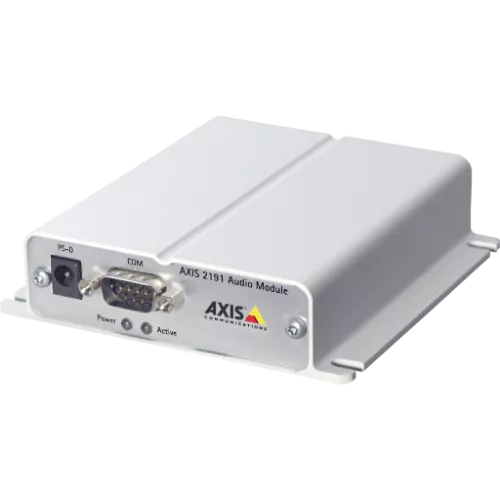Product end of support
We do not have a direct replacement for this product, please reach out to your local contact for more info/alternative products.Hardware support and RMA service expired on 2009-02-01. For information about the support policy after discontinuation date, go to General support policy after discontinuation date. Self-help resources will not be maintained beyond this date. We strongly suggest that you replace your product.
